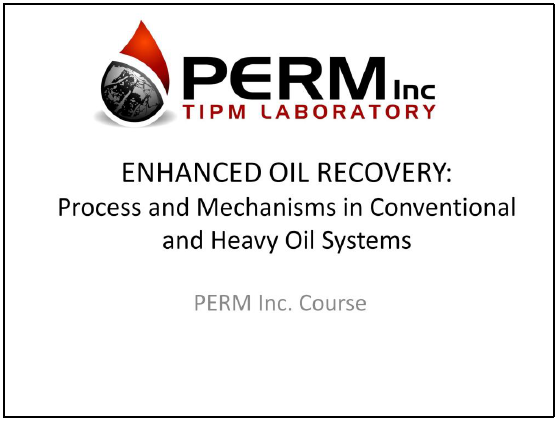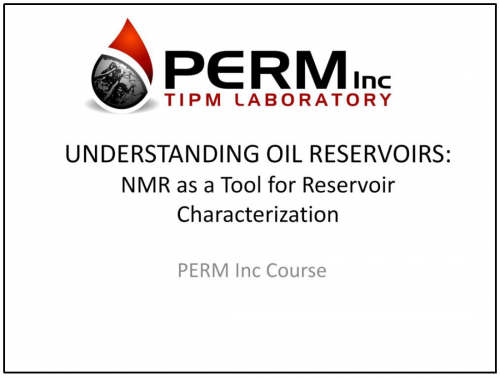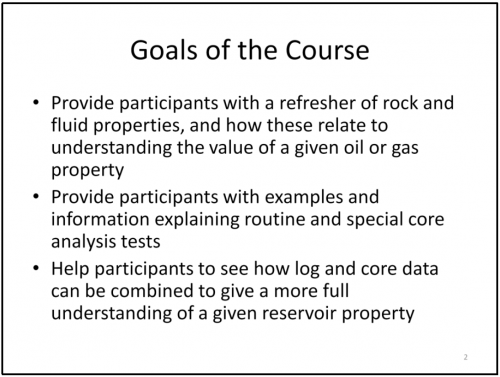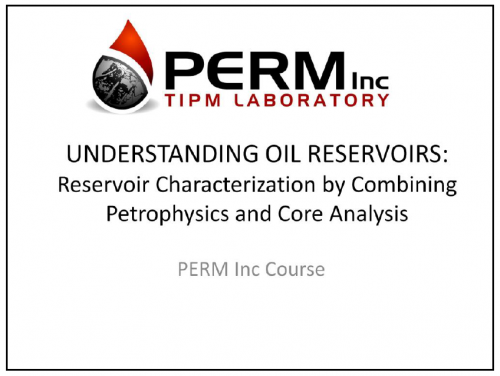DAY 1:
Introduction to Enhanced Oil Recovery
Overview of Enhanced Oil Recovery
Review of relative permeability and capillary pressure – trapping mechanisms in water wet and oil wet porous media
Capillary Number – definition and interpretations
Mobility ratio – definition and interpretations
Displacement Efficiency and Volumetric Sweep Efficiency (microscopic and macroscopic sweep efficiency)
Waterflooding of Heavy Oils:
Understanding oil trapping in conventional vs. heavy oils
Instability and breakthrough efficiency
Capillary imbibition and post-breakthrough oil production
Polymer Flooding:
Properties of polymers
Polymer flood injectivity
Fractional flow in waterfloods vs. polymer floods
Polymer flooding in heavy oil systems
Case Studies of polymer flooding tests
Day 2:
Review of concepts learned in Day 1
Surfactant, AS and ASP Flooding
Definition of different surfactant types
Alkali flooding vs. surfactant flooding
Surfactant-brine-oil phase behaviours and IFT
Displacement mechanisms
Case Studies of chemical screening tests
Chemical-rock interactions & adsorption of chemicals
Case Studies of AS vs. ASP vs. polymer flood results
Alkali and surfactant flooding in heavy oil systems
Foam flooding – stability and displacement mechanisms
Foam injection in high temperature systems
Immiscible Gas Injection for EOR of Conventional Oil
Trapping in drainage vs. imbibition
Oil banking and production from immiscible gas injection
Laboratory and field case studies
Solvent Flooding for EOR in Conventional Oils
Review of capillary trapping & definitions of miscibility
Laboratory processes to measure miscibility, oil swelling and diluted oil properties
Solvents after waterflooding – WAG vs. continuous solvent injection
Solvent Flooding for EOR in Heavy Oil & Bitumen
Miscibility in heavy oils
Solvent processes in heavy oils – viscosity, swelling, foamy oil flow
Diffusion and dispersion
Peclet number and solvent flooding efficiency
Introduction to VAPEX
Heat/solvent system
About the Presenters
Dr. Kantzas, P. Eng., founded the Tomographic Imaging & Porous Media Laboratory in 1994. A professor from the University of Calgary, Dr. Kantzas has tremendous experience in leading advanced research of porous media, primarily dealing with petroleum reservoir engineering issues. Expert in Tomographic Imaging, Porous Media Physics and Magnetic Resonance Sensor Technology, Dr. Kantzas has led a large research team at the University of Calgary previously under a Canada Research Chair Program and currently under an NSERC/AITF Industrial Research Chair in Fundamentals of Unconventional Resources (FUR).
Dr. Jon Bryan, P. Eng., did his MSc and PhD degrees at the University of Calgary. He has been a frequent collaborator in Dr. Kantzas’ Canada Research Chair and NSERC Chair in Unconventional Resources. Dr. Bryan has expertise in petrophysics and enhanced oil recovery, and manages many of the service and core flooding projects at PERM Inc.




